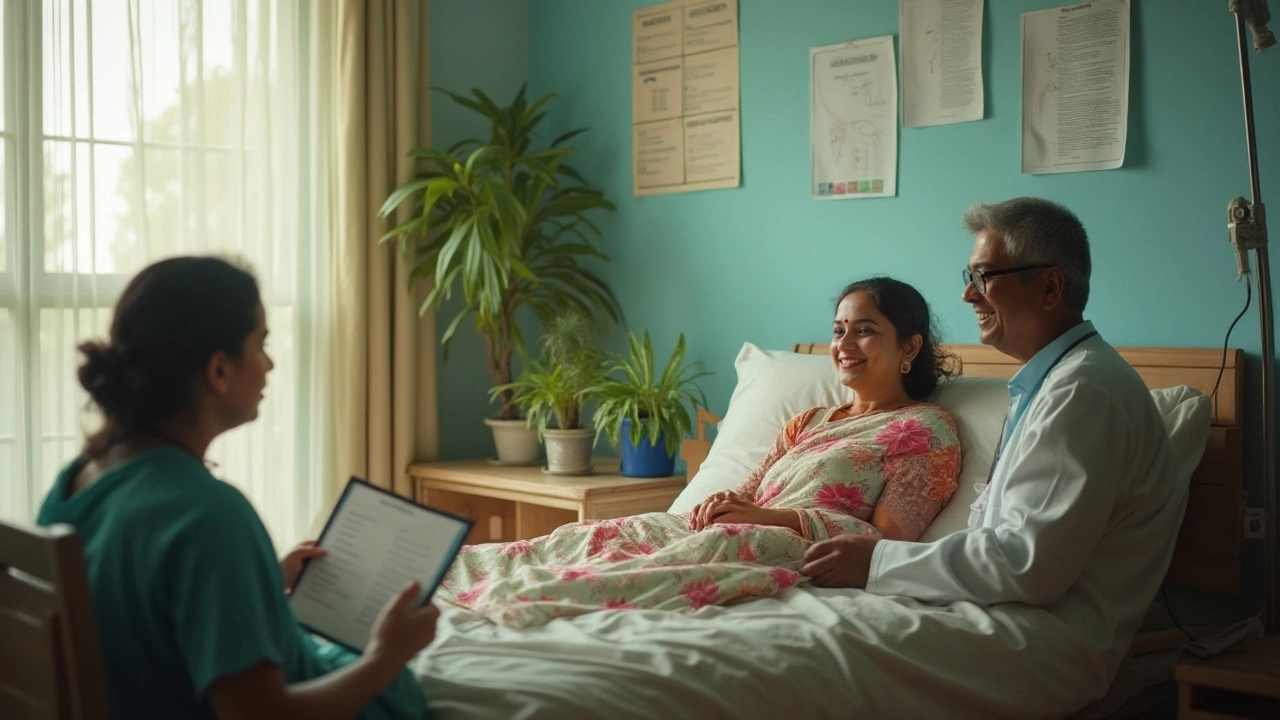Understanding Different Cancer Types: A Simple Guide
Cancer can sound scary, but knowing the basics makes it easier to handle. Below you’ll find the main types of cancer that affect people in India, what to watch for, and how they are usually treated. This information helps you spot problems early and talk confidently with your doctor.
Most Common Cancer Types
1. Breast Cancer – Mostly seen in women, but men can get it too. A lump, changes in skin texture, or nipple discharge are red flags. Early detection through self‑exam and mammograms improves outcomes.
2. Lung Cancer – Linked to smoking, air pollution, and genetics. Persistent cough, chest pain, or breathlessness should prompt a check‑up. CT scans and biopsies confirm the diagnosis.
3. Cervical Cancer – Happens in women of reproductive age. Irregular bleeding, pelvic pain, or unusual discharge are warning signs. Regular Pap smears can catch it before it spreads.
4. Prostate Cancer – Affects older men. Difficulty urinating, blood in urine, or pelvic discomfort are common clues. PSA blood tests and digital exams help doctors decide on next steps.
5. Colorectal Cancer – Can appear as blood in stool, change in bowel habits, or abdominal pain. Colonoscopy is the gold‑standard test for detection and removal of early lesions.
Other notable cancers include skin (melanoma), blood (leukemia), and stomach cancer. Each has its own set of risk factors, but lifestyle choices like diet, exercise, and avoiding tobacco play a big role in prevention.
How to Spot Early Signs and Take Action
Every cancer type shares a few early‑warning habits: sudden weight loss, unexplained fatigue, and pain that doesn’t go away. If you notice any of these for more than a few weeks, book an appointment.
When you see a doctor, be ready to answer questions about family history, smoking, alcohol use, and any previous health issues. This helps the physician decide which tests are needed.
Common tests include blood work, imaging (X‑ray, ultrasound, CT, MRI), and tissue biopsies. Most hospitals in India now offer minimally invasive options, which mean quicker recovery and less pain.
Treatment depends on the cancer’s stage. Early‑stage cancers often respond well to surgery or localized radiation. Advanced cases may need chemotherapy, targeted therapy, or immunotherapy. Your doctor will explain the pros and cons of each option.
Support matters, too. Nutrition, physiotherapy, and counseling improve quality of life during and after treatment. Many NGOs provide free counseling and financial aid for cancer patients in India.
Bottom line: knowing the common types, watching for symptoms, and acting fast give you the best chance for a good outcome. Stay informed, keep up with screenings, and don’t ignore persistent changes in your body.





